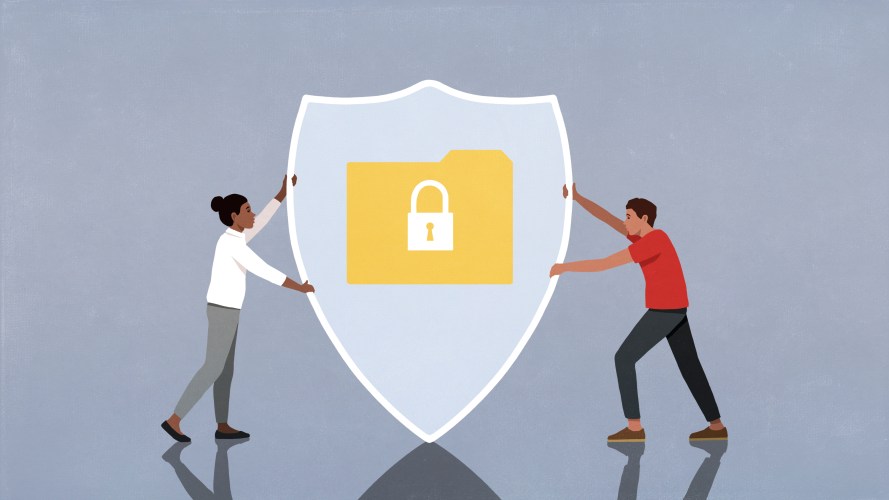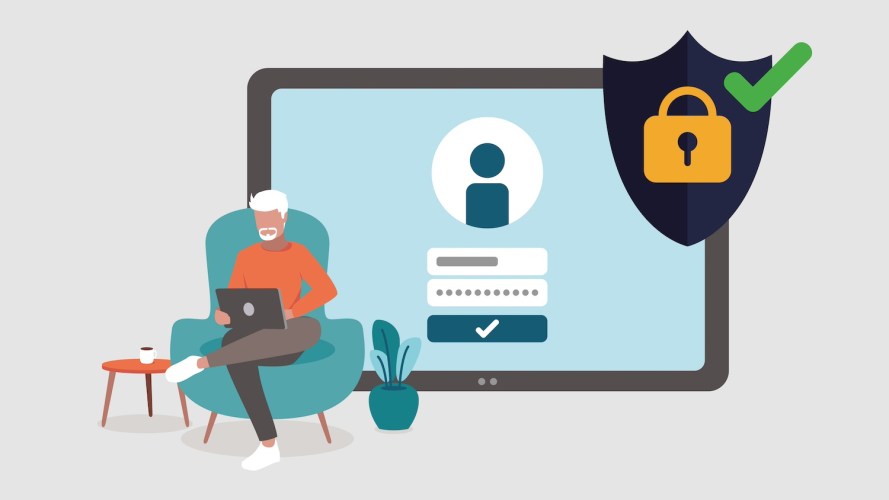Prepare Your Business for Any Disaster — With Resources You Already Have



Salesforce employs many methods for managing large-scale and rapid change, but in times of crisis, you need something different.

Geale Whyte
Salesforce, like many businesses, faced huge challenges when the pandemic struck. We needed to quickly mobilize staff, resources, and decision-making tactics, which is typical in many crisis situations — whether health and safety, business continuity, or reputational. Fortunately, we had our Critical Incident Center (CIC), an internal specialist team, to help us succeed through the start of the pandemic. Having a team like this at your company can mitigate future unknown risks by being prepared to respond to any situation. Here, I’ll outline how to set up and maintain your own CIC to have a single source of truth in a crisis.
Gain preparedness training
Trailhead can help you learn how to set up core components of your critical incident center.



What is a critical incident center?
As a cloud software provider, we have a duty to prevent technology incidents from happening or work to rapidly resolve incidents when they do occur. The CIC serves as incident commanders during our most pressing situations. They are skilled organizers, communicators, and collaborators who swarm incidents moments after they are declared to engage all departments and decision-makers from engineering, support, legal, accounts, public relations, security, executives, and more. This ensures a quick, holistic response.
If you already have a similar response center in your organization, follow these steps and see how we prepared our CIC to contribute to disaster recovery efforts when the need arises.
Train for anything
Although you cannot prepare every crisis’ outcome, you can prepare how you respond to it. Our critical incident response guidelines, which we continuously evolve and tailor to our needs, are based on crisis management best practices adapted for the technology industry. This means we have a team trained and ready when a non-technology crisis occurs. Building your own guidelines doesn’t have to start from a blank slate. You can tap information made public through the National Incident Management System (NIMS) on fema.gov. It lays the groundwork, allowing you to tailor the guidelines to your needs.
This preparedness allows us to execute tasks during any kind of incident, without surprises or the need to ramp up each time. The only difference? The kind of emergency that arises. Everyone on the CIC team already understands their roles and responsibilities because we use them daily to execute incident response.
Practice, practice, practice
Each day, our CIC spends time responding to real-time incidents, reviewing past performance for improvement opportunities, and practicing our future responses. We maintain detailed playbooks that account for all roles and most scenarios and include documentation on our processes and tools. We host monthly, company-wide drills so all of our product teams can practice in a low-stress simulation. Newly acquired companies also spend up to a year getting onboarded to our formalized responses.
Familiarity with the process before an incident or disaster occurs has proven key to our success. Our incident commanders have company-wide respect, which enables swift change.
Establish your own CIC
What benefits can your company gain from a CIC?
- It can quickly mobilize staff, resources, and decision-making
- It establishes an accepted and respected model for cross-functional informed decision-making
- Other teams can learn to use the formalized procedures to coordinate action among large groups
- It encourages structure and discipline leading to efficient and effective collaborations
Check out our new Trailhead badge, Critical Incident Management at Salesforce, to learn how to create your own CIC by leveraging our experience.























